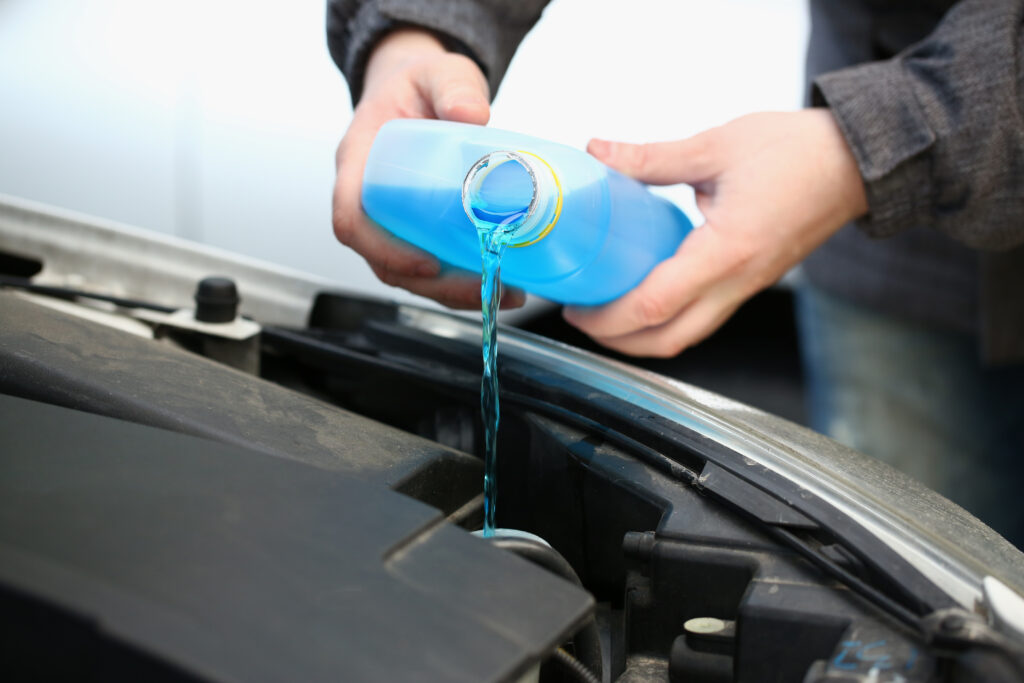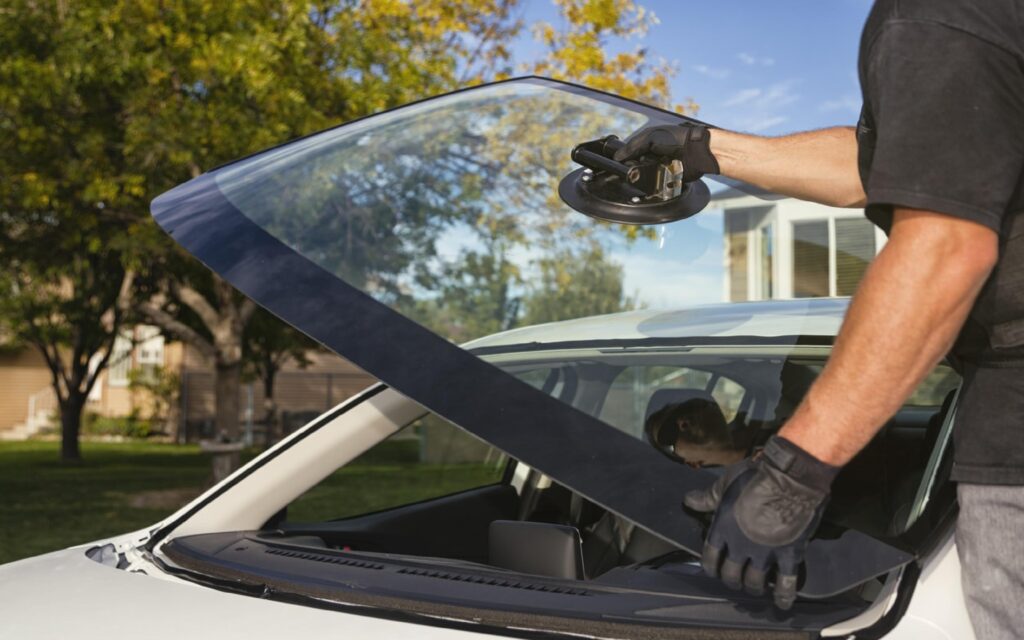The windshield washer system plays a pivotal role in maintaining clear visibility while driving. It’s not just about keeping your windshield clean; it’s about ensuring your safety on the road. Over time, however, the windshield washer system can encounter various issues, ranging from clogged nozzles to a malfunctioning pump. Understanding how to troubleshoot and fix these issues can save you time and money, and this guide is designed to empower you with the knowledge to do just that.
Understanding Your Windshield Washer System
A typical windshield washer system comprises a reservoir that holds the washer fluid, a pump that propels the fluid through hoses to nozzles, and the nozzles themselves, which spray the fluid onto the windshield. When any of these components fail, it can impair the system’s functionality.
Common signs of a failing windshield washer system include the absence of fluid spray when activated, a weaker-than-usual spray, leaking fluid, or strange noises during operation. Recognizing these signs early can prevent more significant issues down the road.
Common Windshield Washer Problems and Diagnostics
When your windshield washer begins to falter, identifying the underlying issue is the first step. Here’s how to diagnose common problems:
- No Fluid Spray: Check if the reservoir is empty and refill if necessary. If the tank is full, there might be a clog or a pump issue.
- Weak Spray: This could be due to a clogged nozzle or a weak pump. Inspect for any visible blockages or signs of wear.
- Leakage: Look for leaks in the reservoir or hoses. Leaks can lead to a loss of pressure and inadequate spray.
- Unusual Noises: Odd sounds from the pump area could indicate a pump failure or electrical issues.
Step-by-Step Repair Guide
Tools and Materials Needed:
- Screwdrivers
- Replacement nozzles or hoses if necessary
- A needle or pin for unclogging
- Windshield washer fluid
- A multimeter for electrical testing
Repair Process:
- Cleaning or Replacing Nozzles: Use a needle to gently remove any debris blocking the nozzle. If the nozzle is damaged, replace it with a new one that matches your vehicle’s specifications.
- Repairing or Replacing Hoses: Inspect the hoses for cracks or leaks. Small leaks can be temporarily fixed with tape, but replacing the hose is a more permanent solution.
- Replacing the Windshield Washer Pump: If the pump is the culprit, you’ll need to locate it (usually near the bottom of the reservoir), remove it, and replace it with a suitable new one. Ensure all electrical connections are secure and check for functionality before closing everything up.
Maintenance Tips to Prevent Future Issues
Regular maintenance can prevent common windshield washer issues. Regularly check the fluid level and refill it with a suitable washer fluid. Inspect the nozzles and hoses periodically for signs of wear or blockage. During winter, use a fluid with antifreeze properties to prevent freezing in the system.
When to Seek Professional Help
While many windshield washer issues can be resolved with DIY methods, some situations require professional attention. If you’re uncomfortable performing any repairs or if the system still doesn’t work after your troubleshooting, it’s wise to seek help from a professional mechanic.
Conclusion
Maintaining your vehicle’s windshield washer system is crucial for your driving visibility and overall safety. Regular checks and timely repairs can keep the system functioning effectively, ensuring clear visibility regardless of the driving conditions. By following this guide, you can diagnose and repair common windshield washer issues, maintain your system, and know when to seek professional assistance. Contact Omni Auto Glass today to learn more!
Back to top: Guide to Windshield Washer Repair




